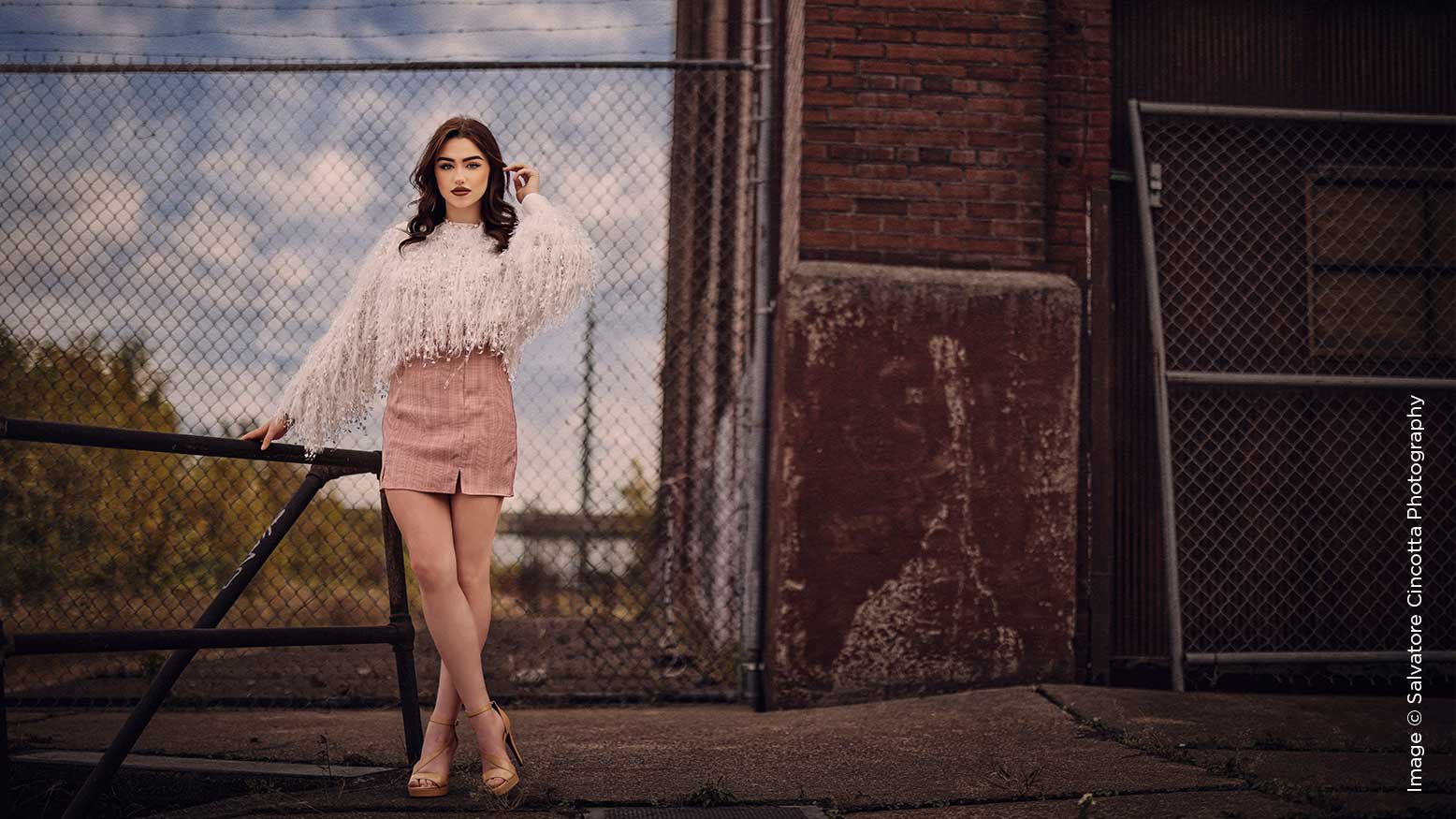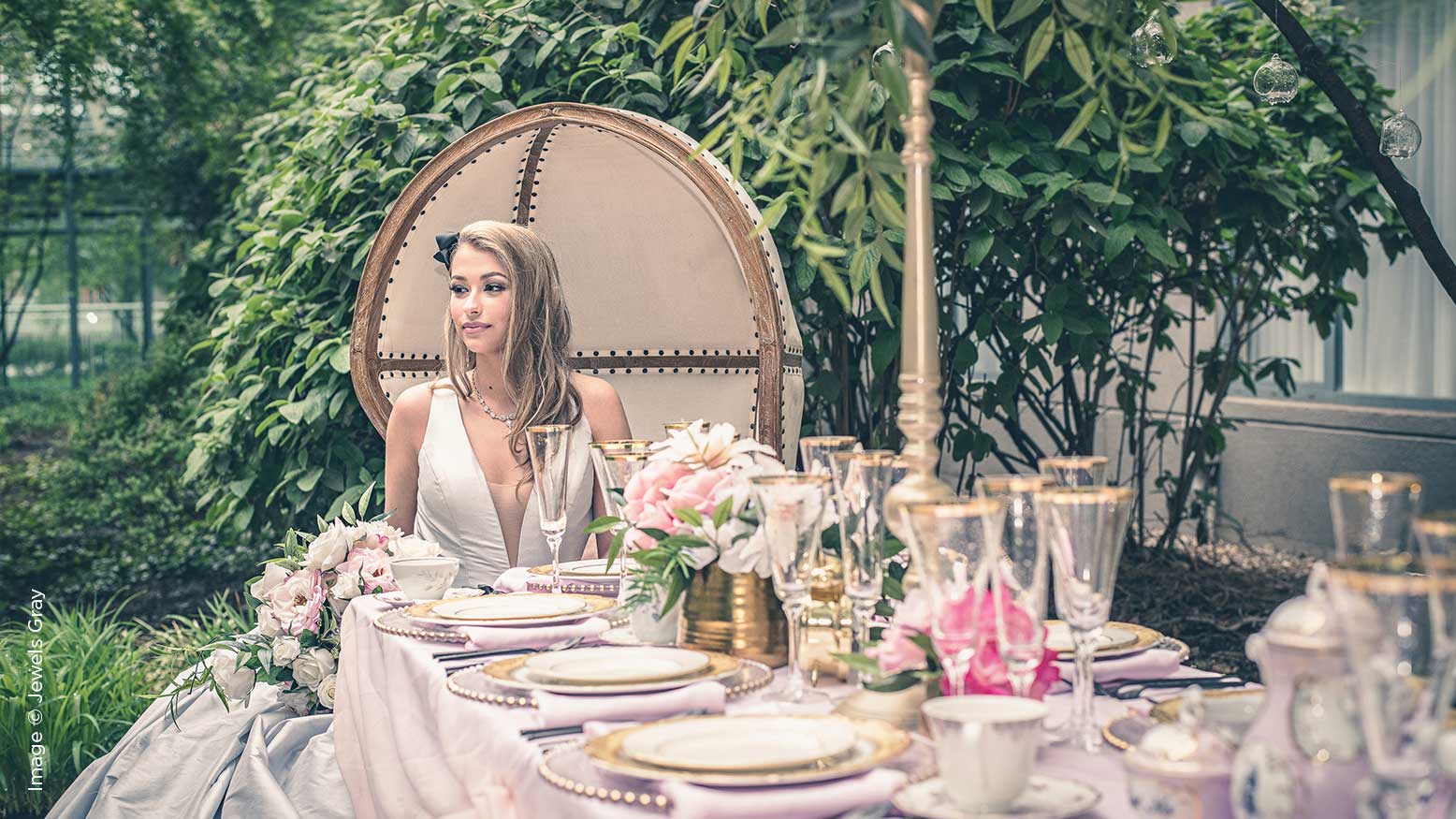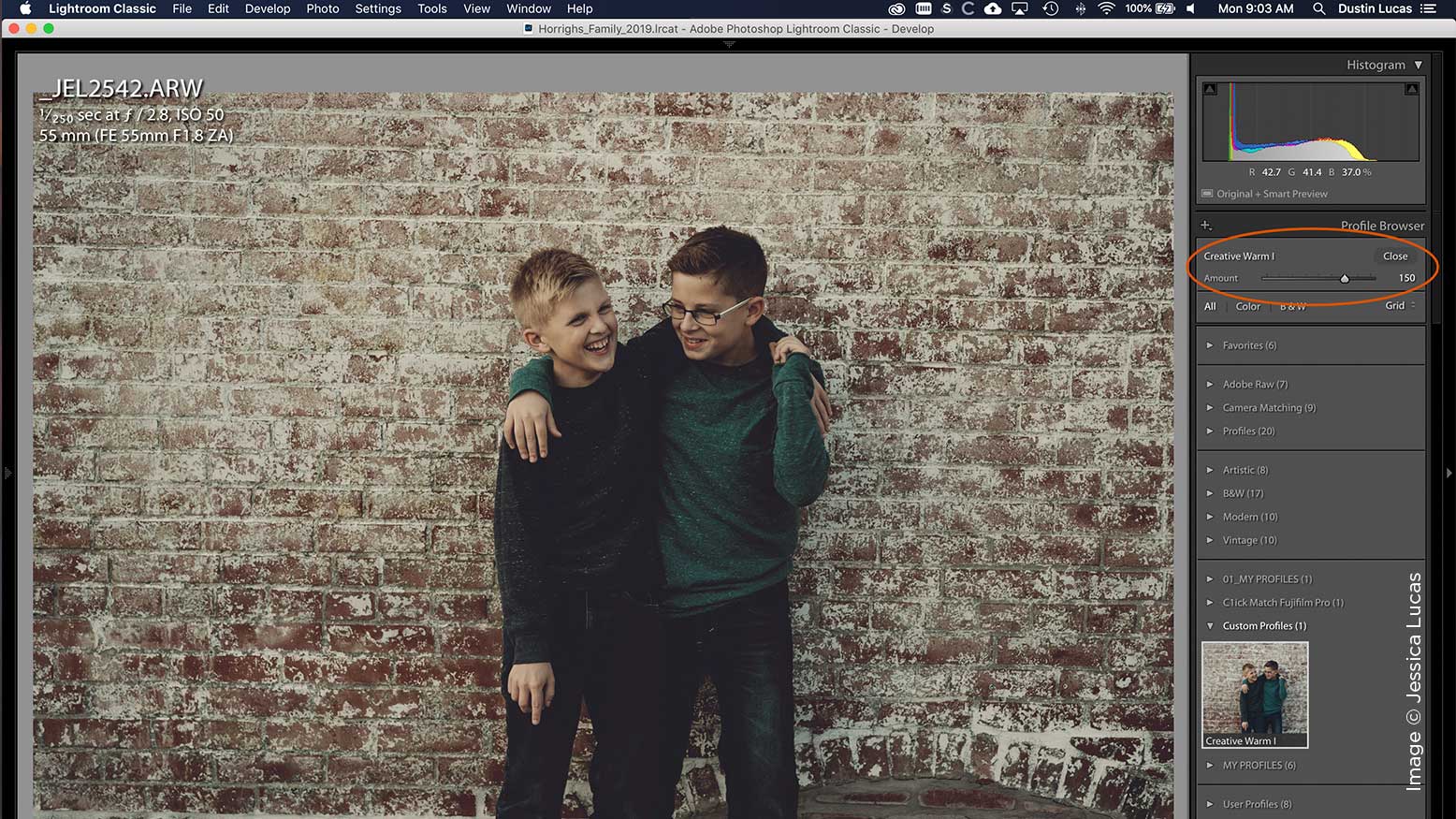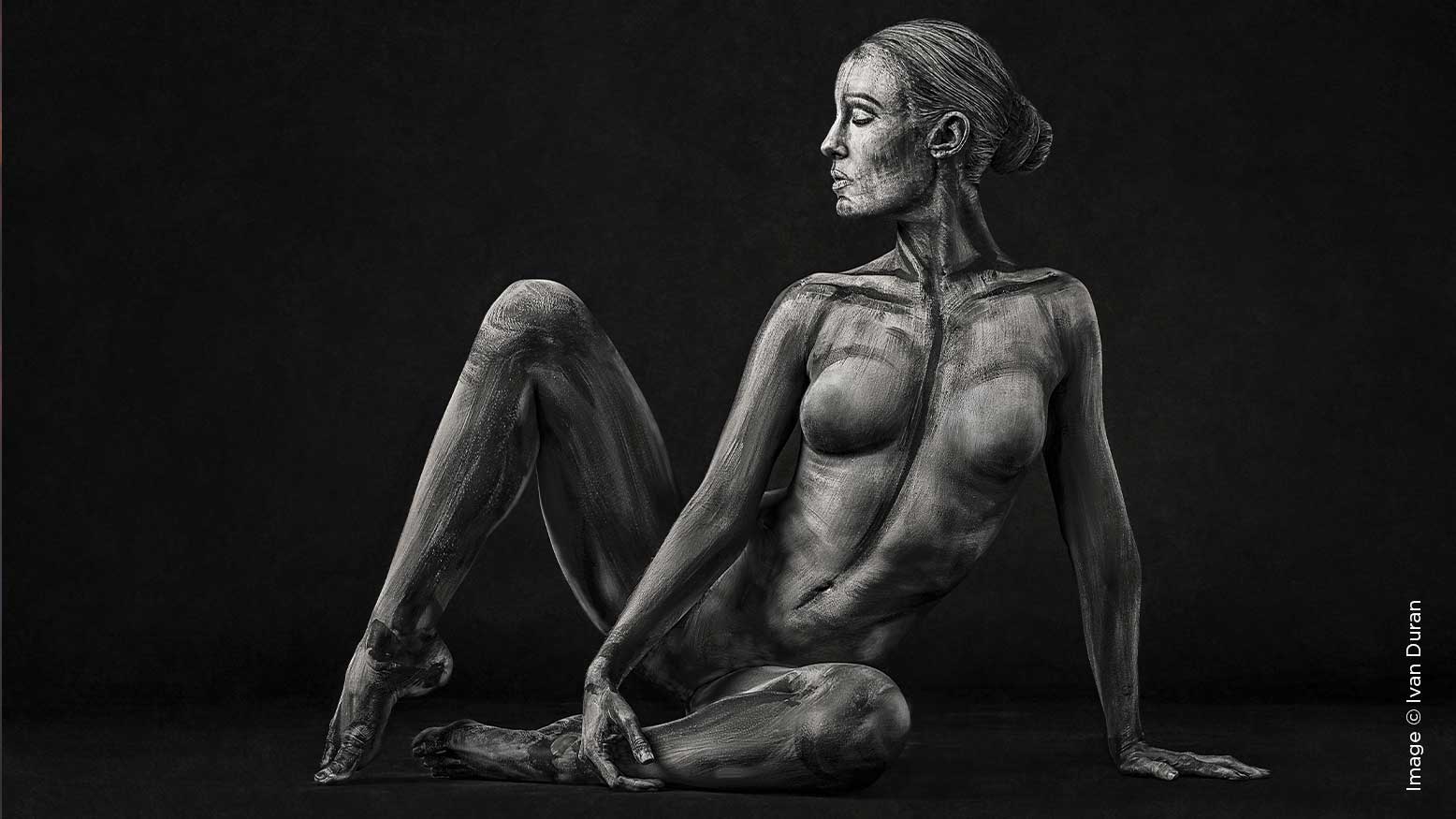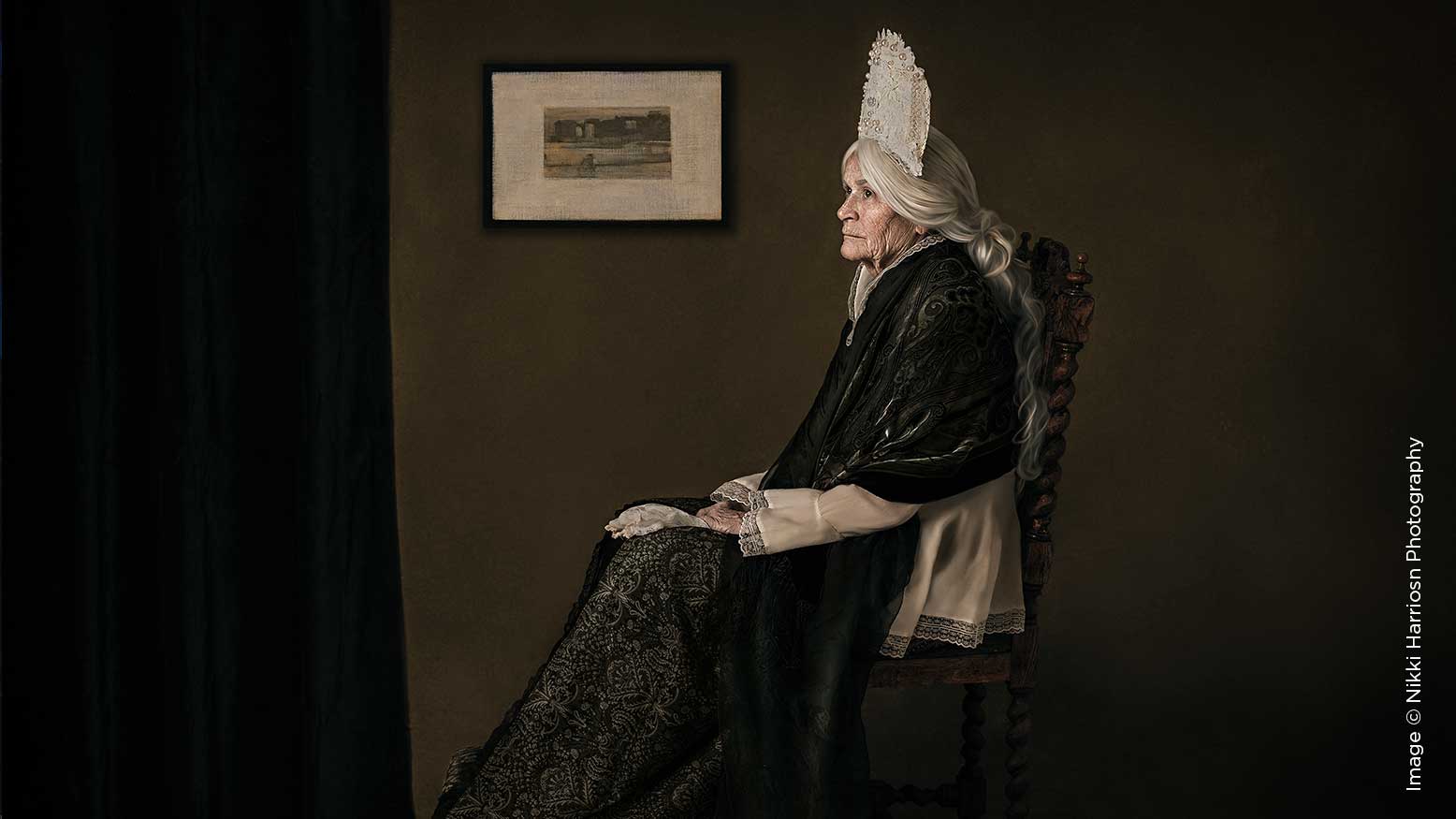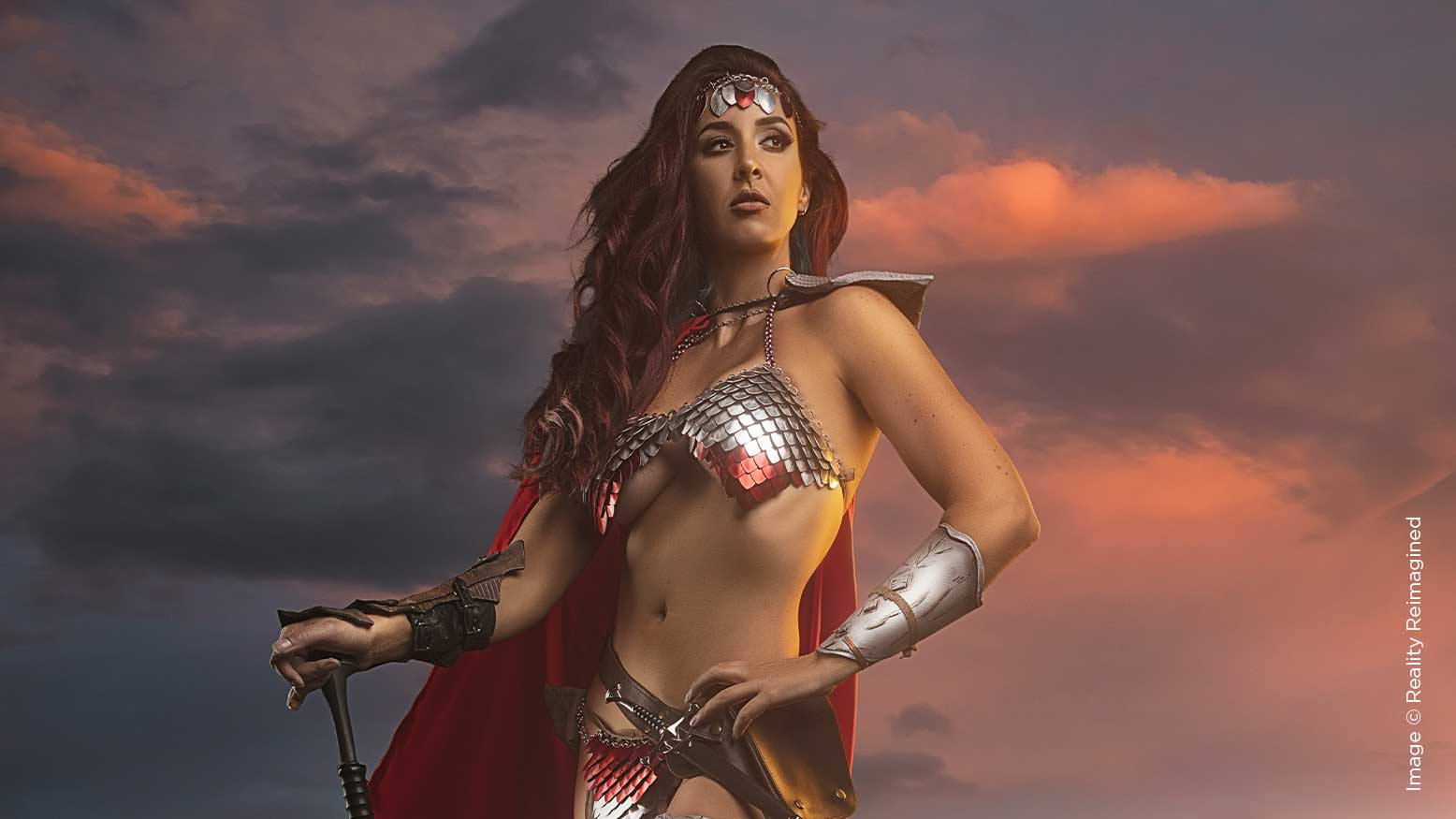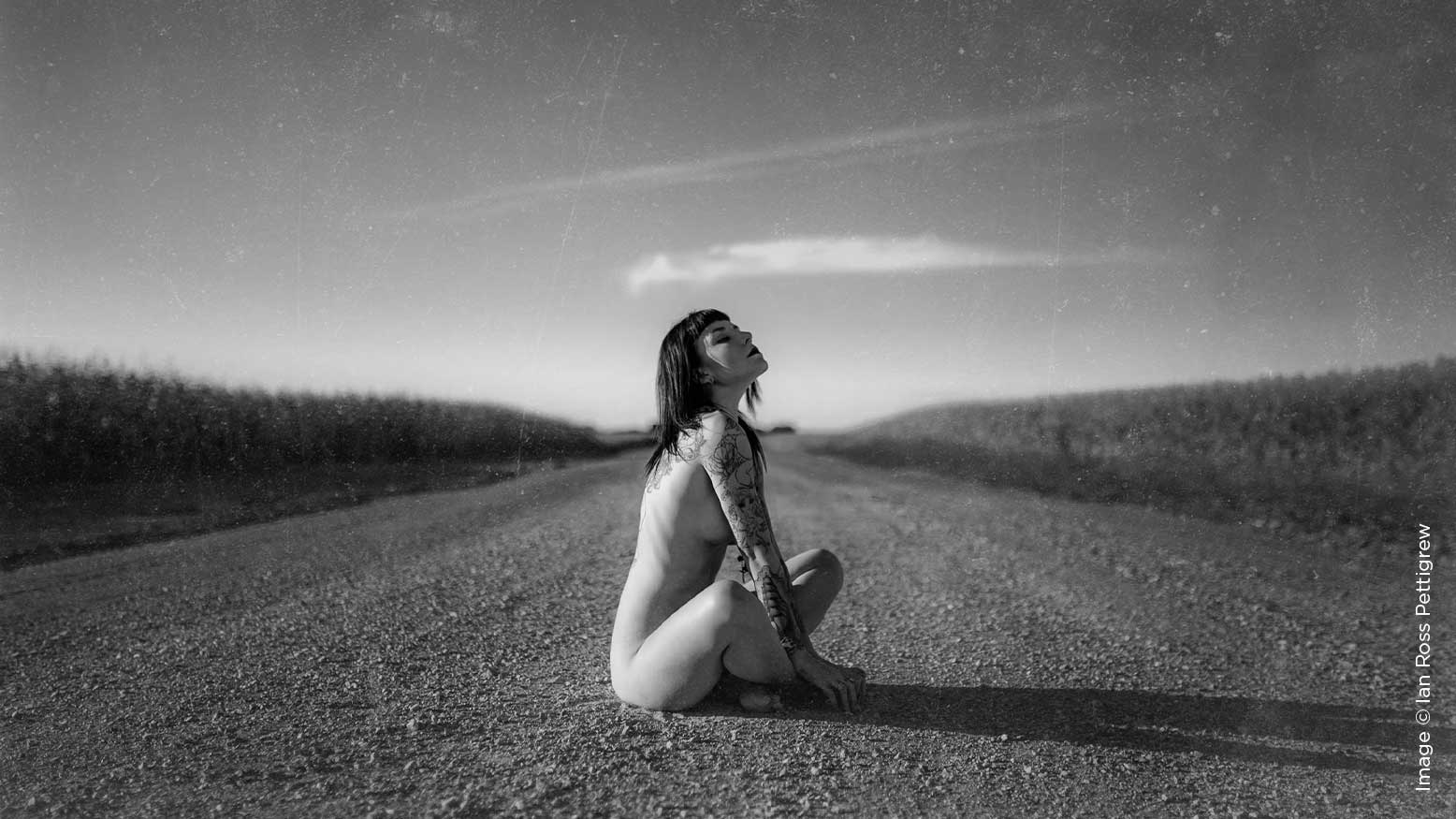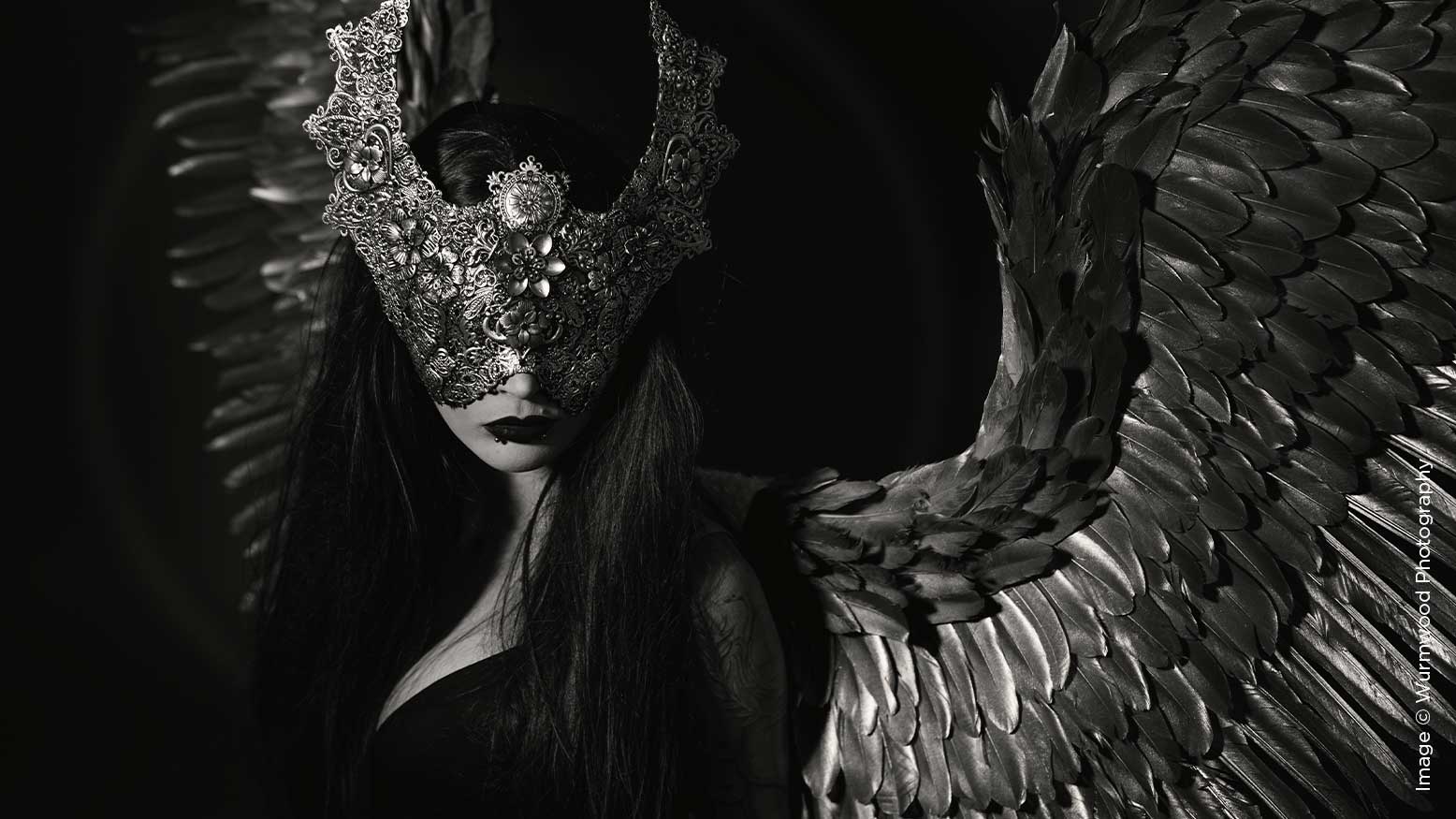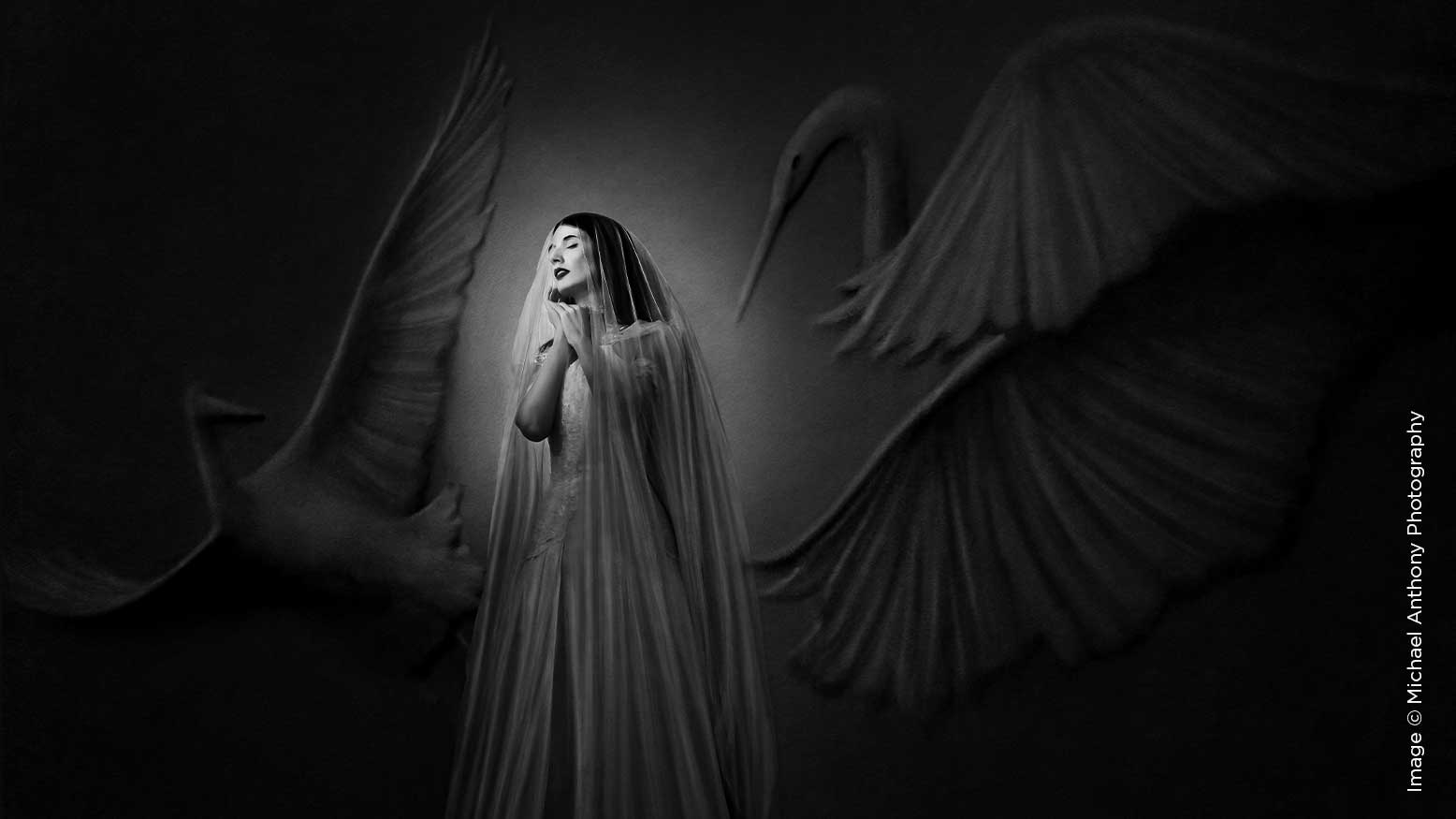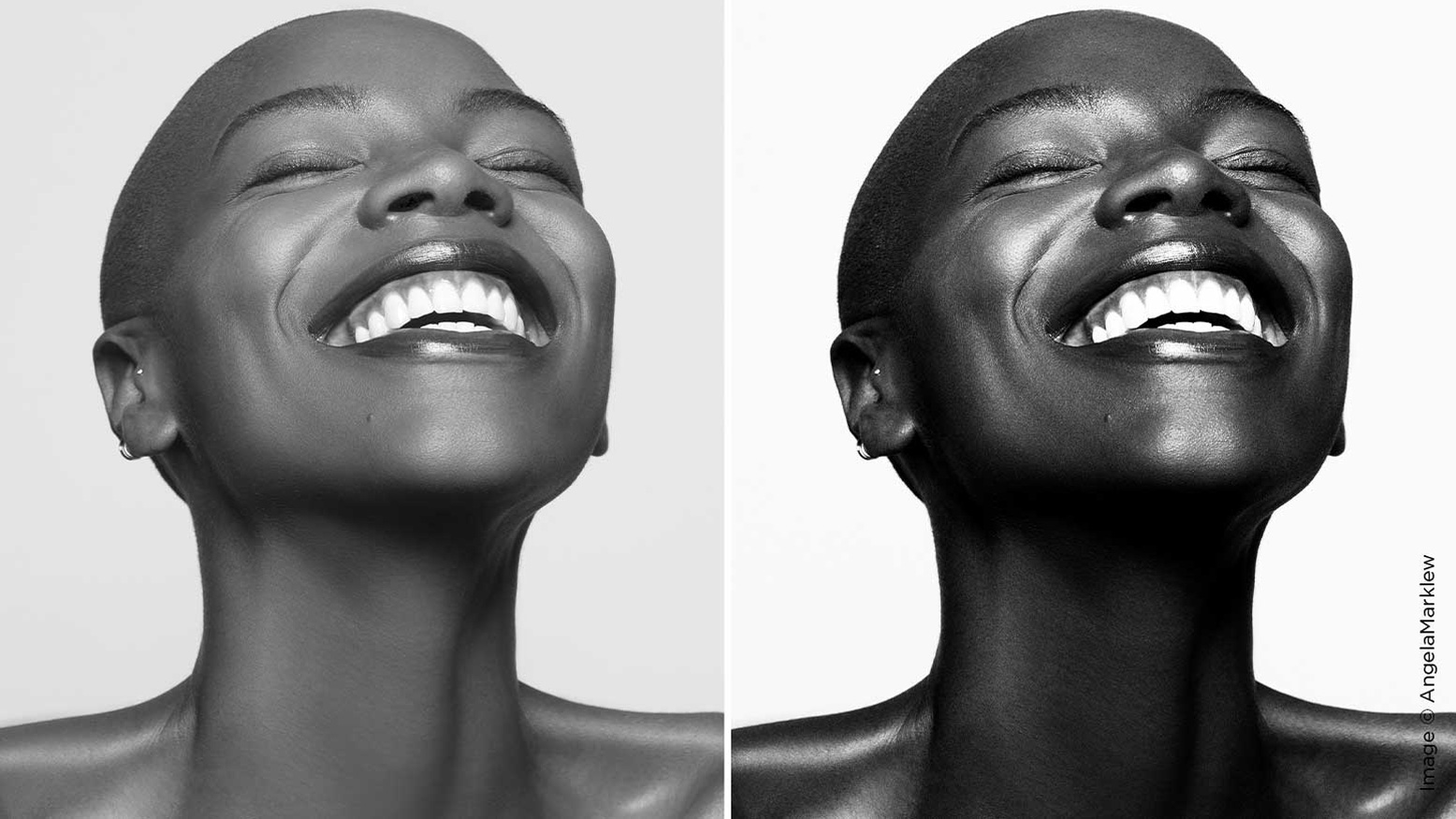Shooting for a Signature Shot
Creating great images is so much more than just pointing your camera at a pretty scene and placing your subject in front of it. Any experienced photographer knows this in their bones. The danger for new photographers is to underestimate the details that go into creating a truly Signature Shot for your clients.

